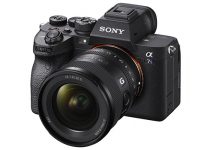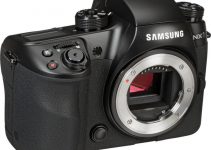Sony is aggressively expanding their camera lineup on both the cinema and stills fronts. The problem is that with so many options it can be hard to tell which is the best choice for you.
Adding the FX30 to the low-end of the Cinema Line put it in competition with a few other Sony picks, including the full-frame a7 IV and FX3. It’s going to be a battle against cinema cameras and mirrorless as well as full-frame vs Super 35/APS-C.
CVP took a close look at all these cameras and how they compare. You really are looking at three very different cameras.
Similarities
There is actually a lot of matching features across these three cameras. They all have a similar menu structure, have the E mount, excellent autofocus, in-camera image stabilization, and very similar recording formats.
The formats offer all flavors of XAVC S compression and they have S-Log3 and S-Cinetone Picture Profiles. All use the same NP-FZ100 battery pack as well.
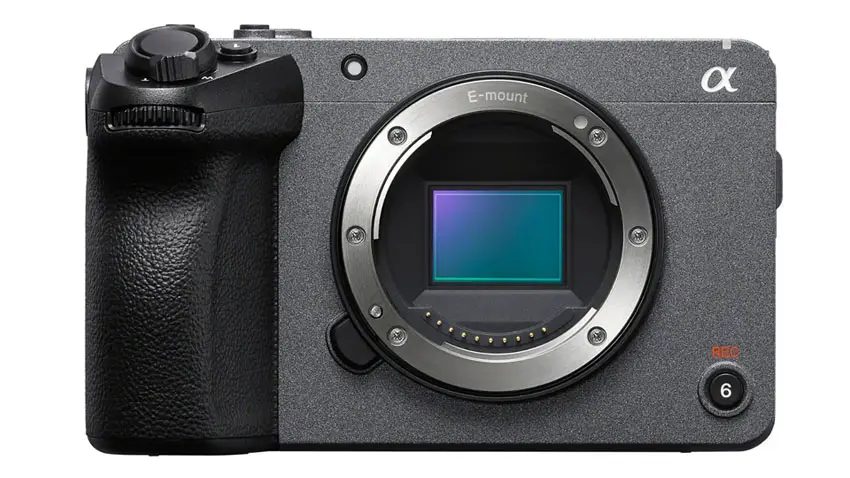
Image Credit: Sony
Many of these similarities are well-known Sony features and if these are the cameras on your list you probably already know a lot about them. Let’s move on to the real comparisons.
FX30 vs a7 IV
A big part of why the a7 IV and FX30 are going to be compared is that they are very similar in price. The FX30 goes for $1,800 ($2,200 with XLR Handle) while the a7 IV costs $2,500. They are very different though.
The a7 IV is very much a mirrorless hybrid with a body designed for photography and video. The FX30 is almost purely for video with practically no stills capabilities. The FX30 doesn’t even have a mechanical shutter.
If you want stills as well as video then the a7 IV is going to deliver a lot more. It has a mechanical shutter capable of 10 fps shooting and has an electronic viewfinder. It is very much an a7 series camera.
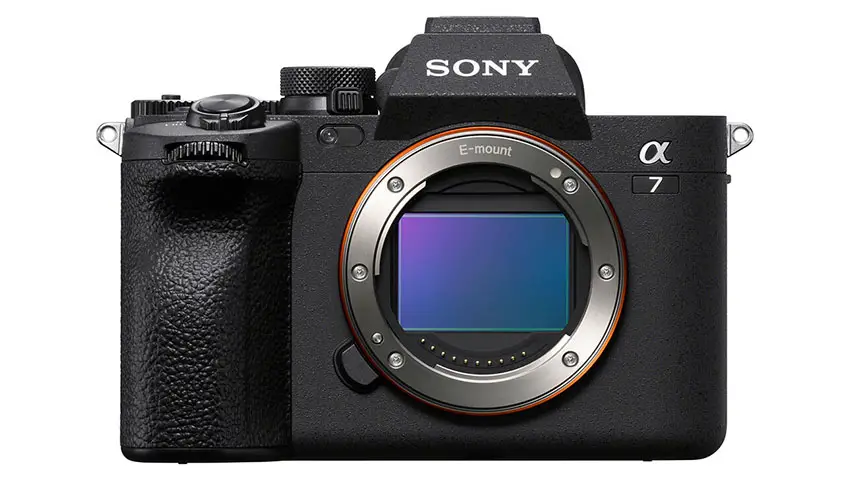
Image Credit: Sony
For videography, the FX30’s design is much more optimal. It has tally lights, a different button layout, an assortment of 1/4”-20 threads, and more. There’s also a fan to keep it cool enough for nearly unlimited recording times.
Another smaller difference has to do with media. The FX30 has two combo SD/CFexpress Type A slots while the a7 IV has a single SD/CFexpress Type A and another SD-only slot.
We mentioned it already, but the lack of an EVF on the FX30 is a huge difference between in at the a7. There is no compact option either, so it’s just the rear LCD to do the work or expensive accessories.
If you opt for the XLR handle on the FX30 you are going to get much better internal audio than the a7 IV. This handle adds better preamps and extra connectors and controls, including two XLR inputs. You can capture four channels of audio as well. For the same audio specs you can get the XLR adapter for the a7 series.
Timecode is a big difference between the a7 series and FX cameras. The FX30 gains the same timecode sync capabilities as the FX3 through the use of a new adapter cable and the Multi Terminal (micro-USB) port.
Sensors are where most people are going to start comparing these two models. The a7 IV uses a 33MP full-frame sensor while the FX30 relies on a 26MP APS-C sensor. The full-frame image will produce slightly more dynamic range and a cleaner image in low-light conditions.
Both have noticeable rolling shutter, but they do perform good downsampling to create sharp, detailed video.
A big advantage of the FX30’s smaller sensor is that there are a lot more lenses that will work with it. A ton of cinema glass is fully compatible with the Super 35mm image area. Lots of APS-C glass is smaller and cheaper, too. And, you can use a speedbooster with full-frame lenses.
Power Zoom lenses are easier to control with the FX30’s dedicated zoom rocker. The a7 IV will have to rely on custom controls.
The FX30 can record in 4K at up to 120 fps, though with an additional 1.6x crop. It can do Full HD at 240 fps with no crop. The a7 IV can do 4K up to 60p with a crop or Full HD up to 120 fps without a crop.
All the cameras have full-size HDMI outputs, but only the FX30 and FX3 can output ProRes RAW.
Menu systems are similar, but the FX30 has some video-specific tweaks. It has log shooting modes, including Cine EI, as well as a better quick menu structure. You can also load in custom LUTs and have them as a preview or baked into your footage.
FX30 vs FX3
This is a closer comparison. The FX30 and FX3 look almost identical because they share the same exterior design. The differences are mainly around the sensor with the FX30 having the aforementioned 26MP APS-C sensor and the FX3 using a 12MP full-frame sensor.
Cost is dramatically different. The FX30 starts at $1,800 without the handle and the FX3 will run you $3,900. It’s basically half price for the FX30.
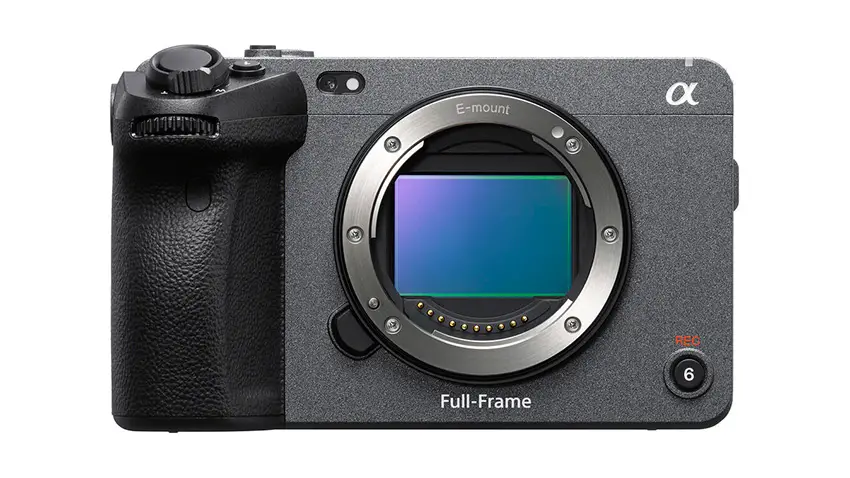
Image Credit: Sony
Readout speeds are slower on the FX30 with more noticeable rolling shutter. The FX3 also has about a stop more dynamic range and performs substantially better than the FX30 in low-light.
Both have dual base ISO, but the FX3 is higher at 800/12800 compared to the FX30’s 800/2500.
Both have similar resolution and frame rate specs, though the FX3 has almost no crop (just 1.1x in 4K 120p) while the FX30 has a drastic 1.6x crop for 120p.
For photography, the FX3 is much better. Even though the external designs are the same, the FX3 has a mechanical shutter and basically all the features of the a7S III.
The autofocus systems are both good and perform well, but they do have slight differences. The FX30 has human, animal, and bird AF modes while the FX3 does not. Interestingly, the FX30 also offers focus map and breathing compensation features missing on the FX3.
Which Should You Buy
One easy place to start is whether or not you need a capable stills camera. For that, you should pick up the a7 IV. It is a great stills camera and has an excellent video feature set. It just lacks a lot of the newer video features found in the smaller FX-series cameras.
The FX3 takes all the great things about the FX30 and upgrades it to a full-frame sensor. This will produce a better quality image than the FX30 and if you can afford it then the FX3 will be a better camera.
If you don’t need photo features and perhaps the FX3 is out of budget but you still want all the same features and operability the FX30 is an extremely compelling option. Many creators looking to upgrade to their first real camera will find it to be a perfect fit.
Which of these cameras would you pick?
[source: CVP]
Order Links:
- Sony FX30 Cinema Line Camera (B&H)
- Sony a7 IV Mirrorless Camera (B&H, Amazon)
- Sony FX3 Cinema Line Camera (B&H, Amazon)
Disclaimer: As an Amazon Associate partner and participant in B&H and Adorama Affiliate programmes, we earn a small comission from each purchase made through the affiliate links listed above at no additional cost to you.


